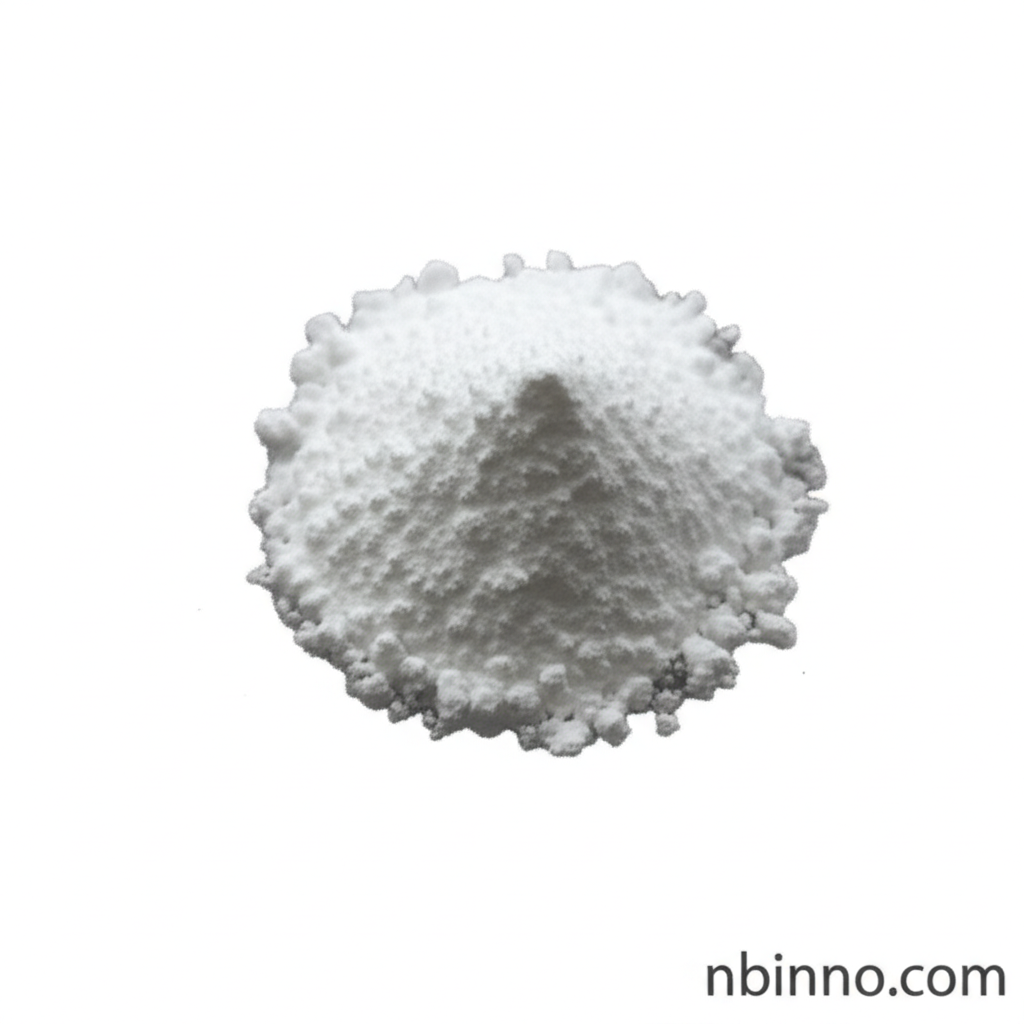2-Amino-5-hydroxypyrimidine: A Versatile Pharmaceutical Intermediate and Building Block
Explore the chemical properties, diverse applications, and advanced research potential of this key heterocyclic compound.
Get a Quote & SampleProduct Core Value

2-Amino-5-hydroxypyrimidine
This compound serves as a crucial building block in medicinal chemistry, offering a versatile scaffold for the synthesis of numerous bioactive molecules. Its unique structural features enable a wide range of chemical modifications, leading to derivatives with significant potential in drug discovery.
- The synthesis of 2-amino-5-hydroxypyrimidine often involves careful condensation reactions, forming the basis for its utility in medicinal chemistry.
- Characterization of 2-amino-5-hydroxypyrimidine is typically achieved through advanced spectroscopic techniques like NMR and Mass Spectrometry, ensuring purity and structural integrity.
- The biological activity of 2-aminopyrimidine derivatives spans multiple therapeutic areas, making this scaffold highly valuable.
- Researchers are increasingly exploring the applications of 2-amino-5-hydroxypyrimidine in areas such as chemosensor development and advanced materials.
Benefits Offered
Versatile Scaffold
Leverage the inherent versatility of the 2-aminopyrimidine structure for broad applications in medicinal chemistry and the synthesis of novel compounds.
Diverse Biological Activities
Derivatives of this compound exhibit promising anticancer, antimicrobial, and antiviral properties, making them key targets in drug development.
Chemical Modifiability
The presence of amino and hydroxyl groups allows for extensive chemical modifications, enabling the fine-tuning of properties for specific therapeutic targets.
Key Applications
Pharmaceutical Intermediates
A critical intermediate in the synthesis of various pharmaceutical agents, aiding in the development of new drugs.
Medicinal Chemistry Research
Serves as a foundational building block for SAR studies, enabling the exploration of structure-activity relationships in drug discovery.
Chemosensor Development
Its optical properties make it suitable for developing sensitive sensors for metal ion detection, crucial in environmental and biological monitoring.
Materials Science
Investigated for use in functional materials, including catalysts and optical devices, due to its inherent chemical and electronic properties.
